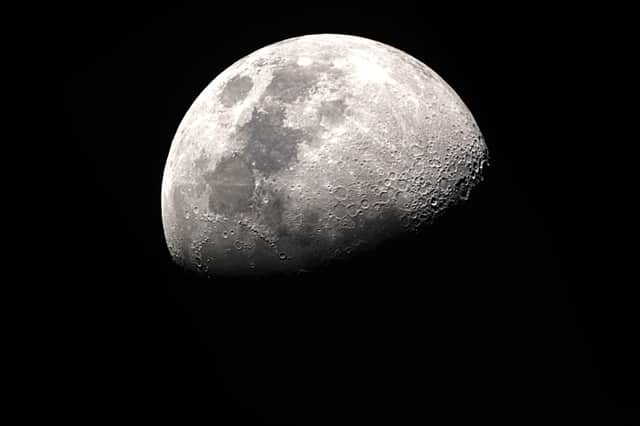The earth has a new moon - here’s everything scientists know about it


Astronomers have spotted a small object circling the earth, which they believe may be a new moon.
While it’s far, far smaller than the moon we’re used to gazing up at, the new object does appear to qualify as a moon in its own right.
Here’s everything we know so far about it.
Advertisement
Hide AdAdvertisement
Hide AdWhen was the new moon discovered?
BIG NEWS (thread 1/3). Earth has a new temporarily captured object/Possible mini-moon called 2020 CD3. On the night of Feb. 15, my Catalina Sky Survey teammate Teddy Pruyne and I found a 20th magnitude object. Here are the discovery images. pic.twitter.com/zLkXyGAkZl
— Kacper Wierzchos (@WierzchosKacper) February 26, 2020
On 19 February 2020, astronomers working at Arizona’s Catalina Sky Survey noticed an object moving very quickly across the sky. It was designated 2020 CD3, with six other observatories around the world also confirming sightings of the mysterious object.
Its orbit was calculated based on the various sightings, and it was discovered that whatever it was had likely been bound to earth’s orbit for as long as three years. It’s so small that we didn’t even notice our brand new space neighbour.
The Minor Planet Centre, which monitors space’s smaller bodies, confirmed that “no link to a known artificial object had been found” making it unlikely that the new object was any form of man-made space debris.
Advertisement
Hide AdAdvertisement
Hide AdTermed a “mini-moon”, it is thought to be an asteroid which has been captured by our planet’s gravitational pull.
How big is it?
Our new mini-moon is estimated to be about the size of a car – somewhere between 1.9 and 3.5 metres long. For comparison, earth’s main moon boasts a radius of 1,737.1 km.
The new moon orbits the earth about once every 47 days, moving along a much wider orbit than the main moon.
Sadly, for those who have become attached to their new lunar body, this orbit has been found to be unstable, meaning that the mini-moon will eventually break up with us and go shooting off back into space.
Advertisement
Hide AdAdvertisement